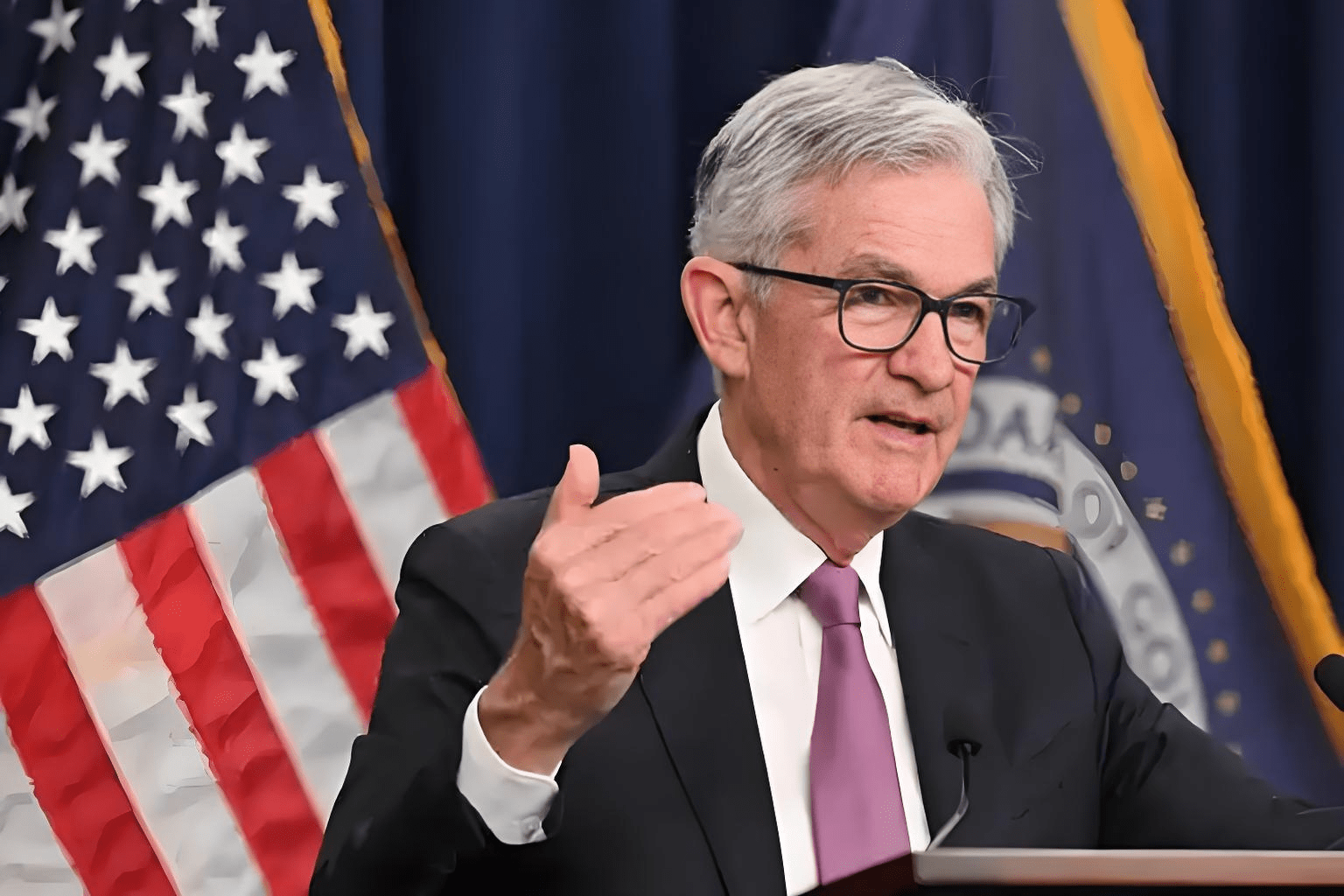The moment Federal Reserve Chairman Powell signaled a rate cut, the global financial markets seemed to be hit by a shockwave, and the cryptocurrency space felt like a beach swept by a hurricane, with investors' hearts racing. At this moment, the power landscape of Wall Street is quietly being reshaped: 90% of dollar stablecoin transactions are flowing overseas, while U.S. regulators wield a cross-border regulatory sword, signaling the fierce clash between financial regulation and the crypto world has begun!

In this grand drama of intertwining celebration and crisis in the financial world, the wild horse of stablecoins galloping in the crypto space has finally met its tightening spell. Chairman Powell's heavy news came like a thunderclap: the regulatory framework for stablecoin supervision has officially debuted, bringing a glimmer of hope to all investors holding digital assets!
Stablecoins, which appear as solid as a rock, are actually wolves in sheep's clothing. They leverage blockchain technology as a behind-the-scenes support but attempt to bind themselves to the dollar at a 1:1 ratio. This bold attempt, in the absence of regulation, has bred countless risks. The collapse of Terra last year, which saw $40 billion evaporate in an instant, turned the wealth of countless ordinary investors into bubbles. This painful lesson serves as a long-lasting alarm, highlighting the urgency of regulation.
Now, the regulatory double fists have finally struck, directly targeting the core of the stablecoin industry!
First, the ownership of regulatory power is no longer ambiguous. In the past, cryptocurrencies were like a hot potato, being tossed back and forth between the SEC and CFTC. Now, the Treasury has decisively stepped in, drawing clear boundaries for stablecoin regulation. Alternatives to the digital dollar will fall under banking system supervision, while technological innovators will be assigned to the jurisdiction of the SEC. This reallocation of regulatory power marks the end of the disorderly era.
Secondly, loopholes for regulatory arbitrage will be ruthlessly closed. Shell companies registered in tax havens like the Cayman Islands, which use phantom reserves to support their so-called 'stablecoins', will find it difficult to continue playing edge games on the international stage. The new law's sharp blade targets these illegal activities, requiring any stablecoin wishing to link to the U.S. market to fully disclose its asset details, allowing sunlight to dispel the gloom.
However, this path of regulatory reform is not paved with flowers; numerous obstacles lie ahead:
The rapid development of technology has kept pace with the law, but it has always been difficult to catch up. While Congress is still debating whether the yield on staking in the bill is 'deposit interest' or 'investment return', algorithmic stablecoins may have already completed three iterations of technology, while regulation is always playing catch-up.
The Federal Reserve itself also harbors secrets. Powell deliberately mentioned in his speech that it would 'not affect the advancement of central bank digital currency', which undoubtedly sends a strong signal: private stablecoins cannot shake the throne of the real digital dollar. In the future, the competition between private stablecoins and central bank digital currencies has only just begun.
#香港稳定币新规 #币安HODLer空投PROVE #加密股IPO季 #特朗普计划宣布新美联储理事 #美国加征关税 $BTC
